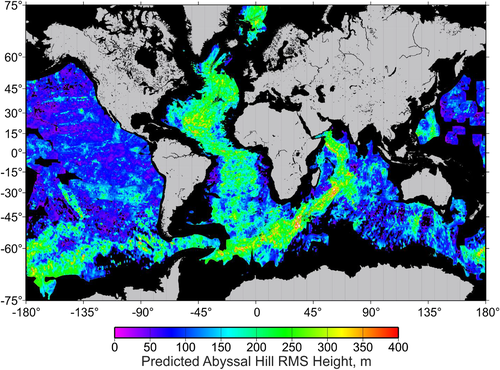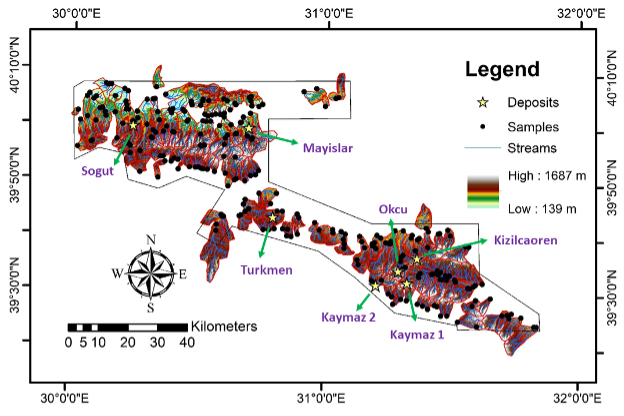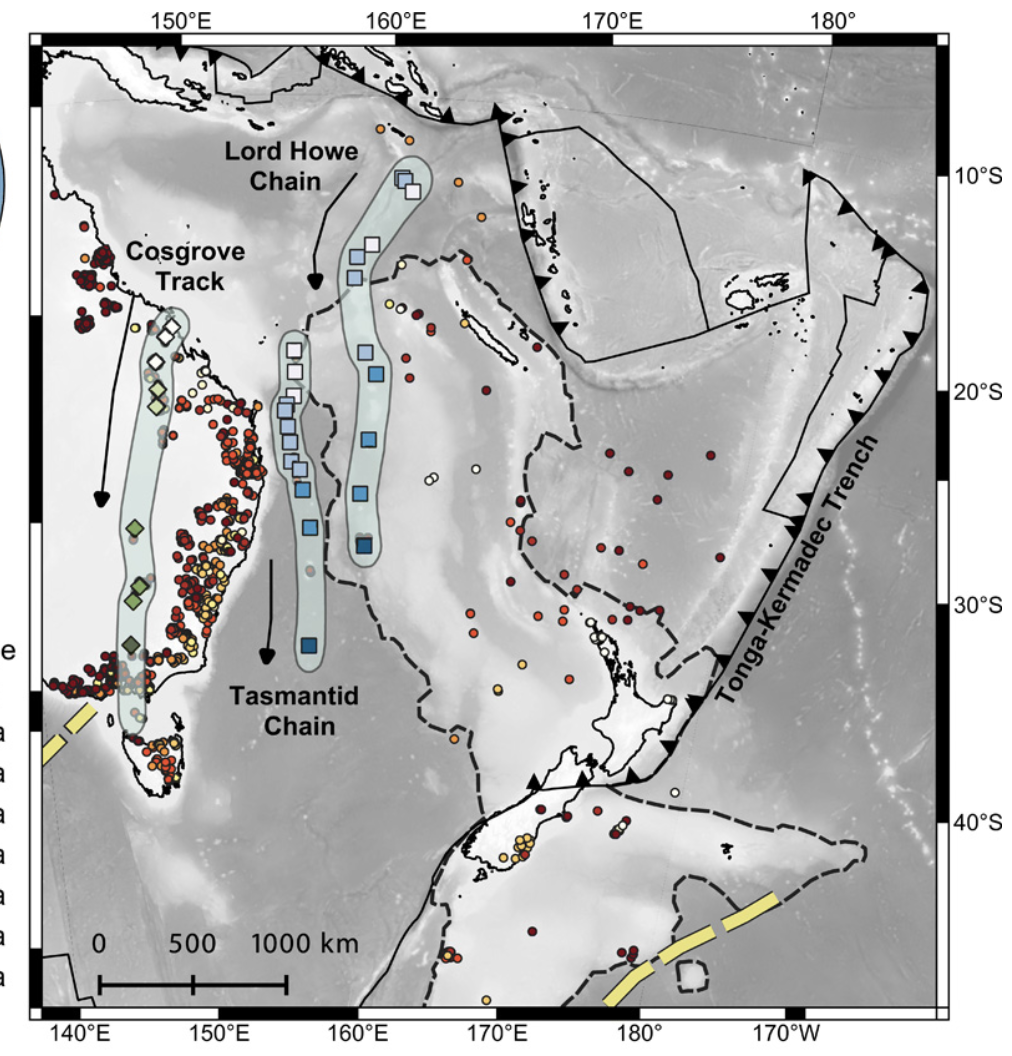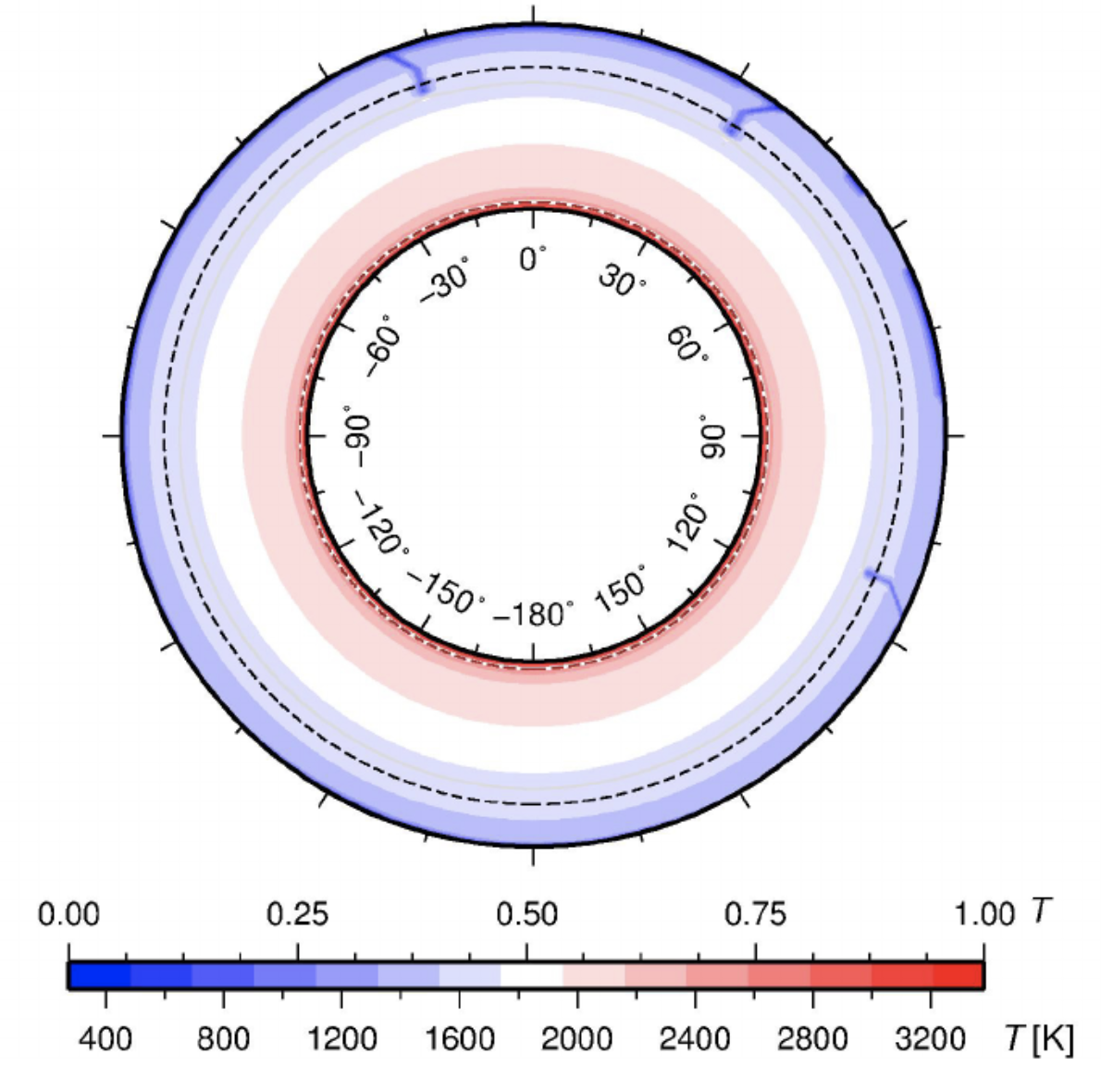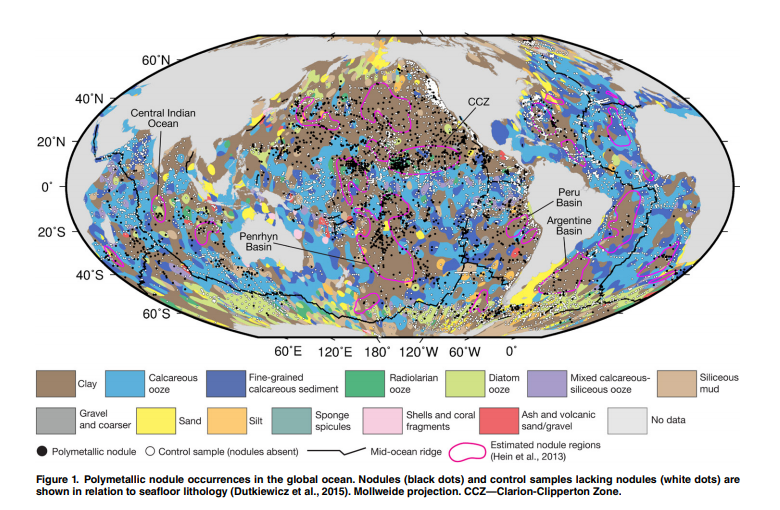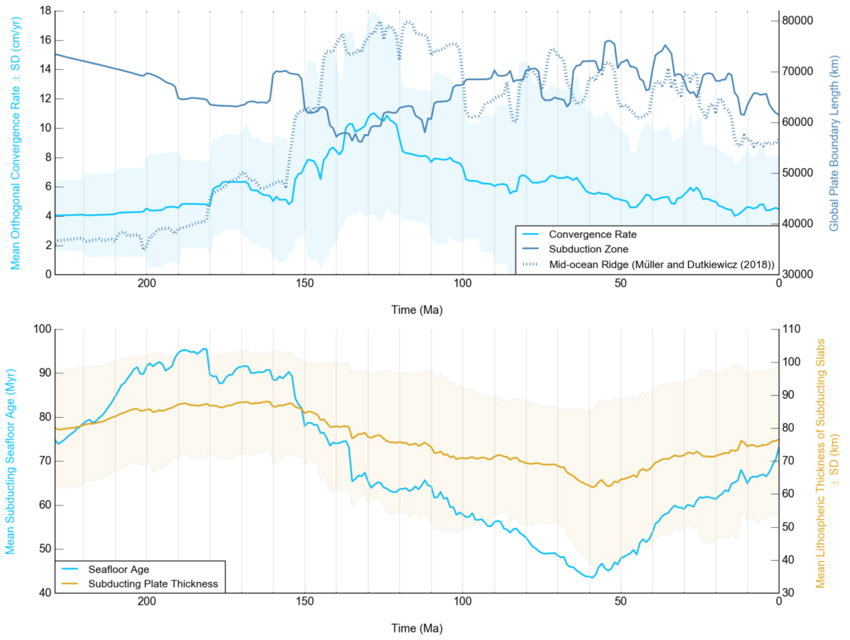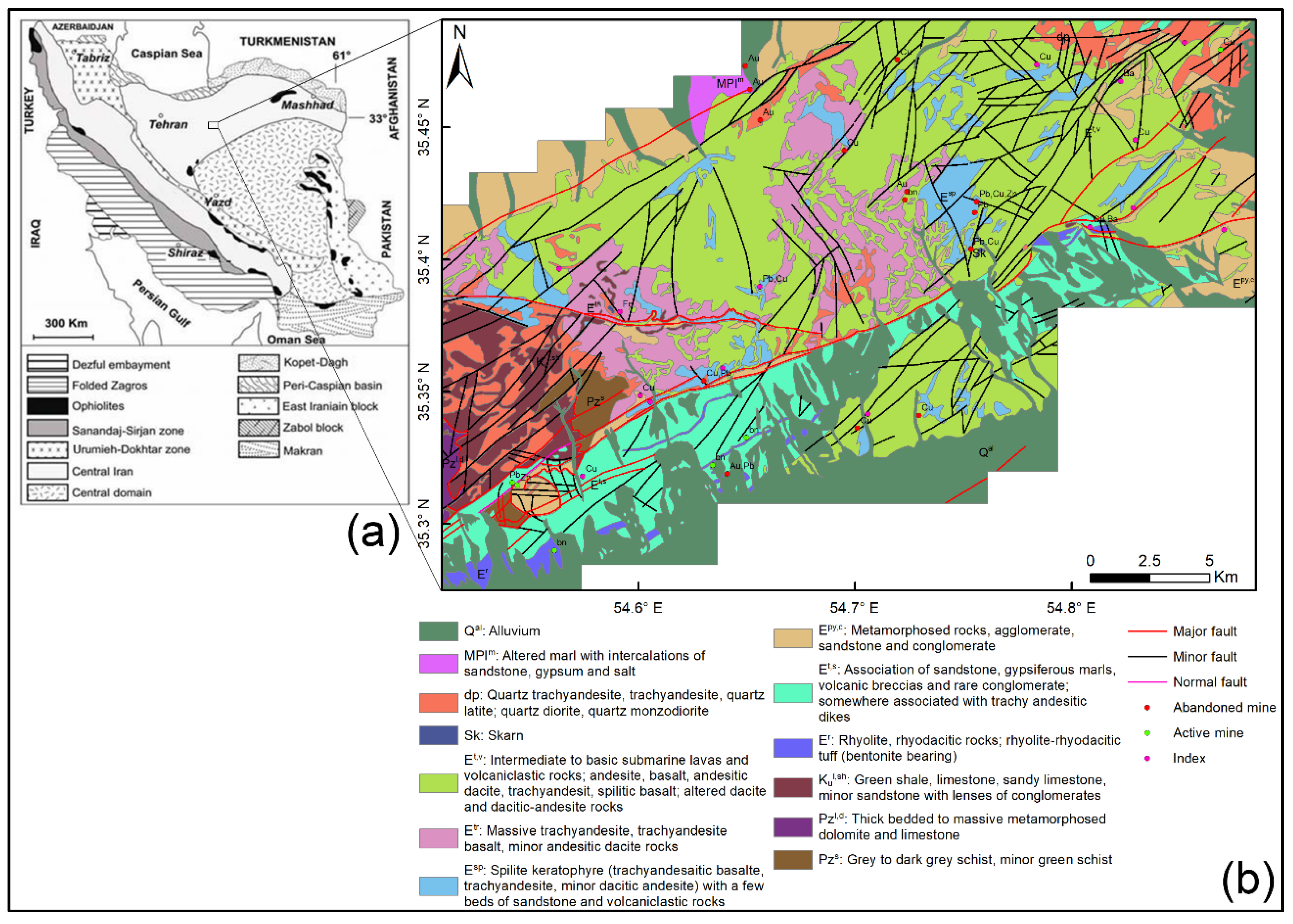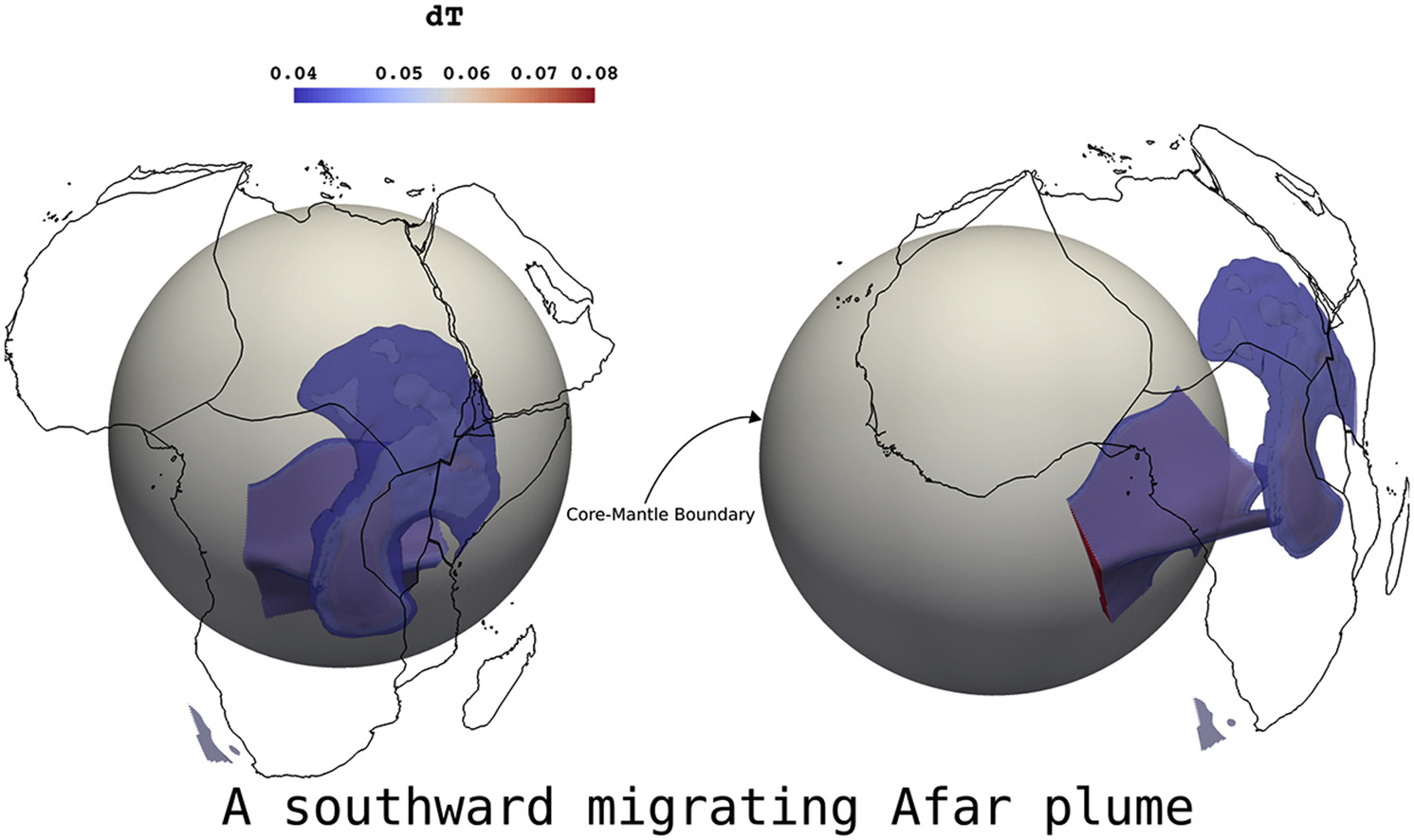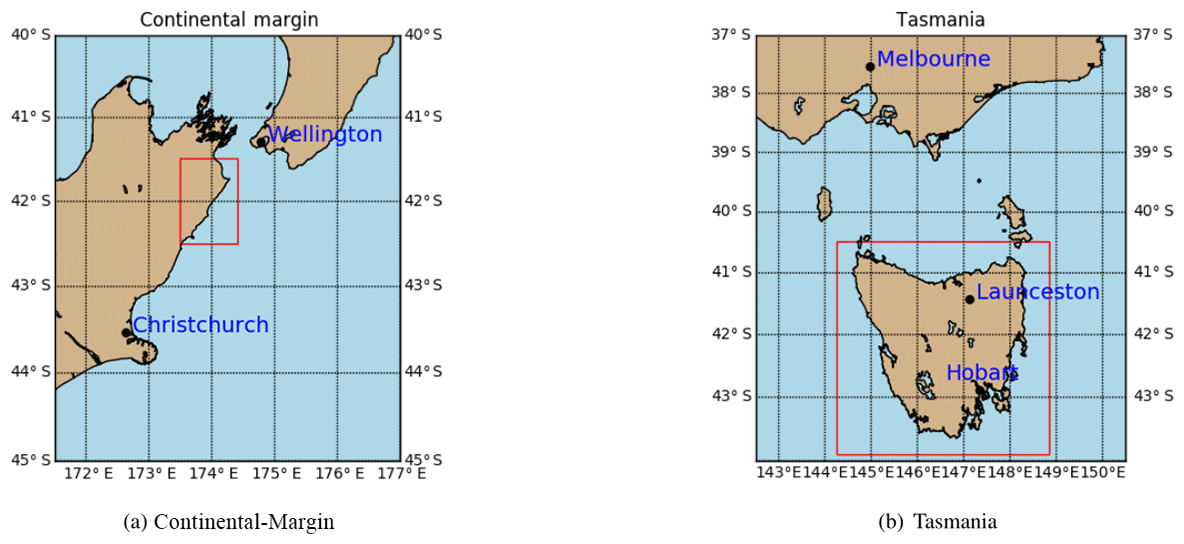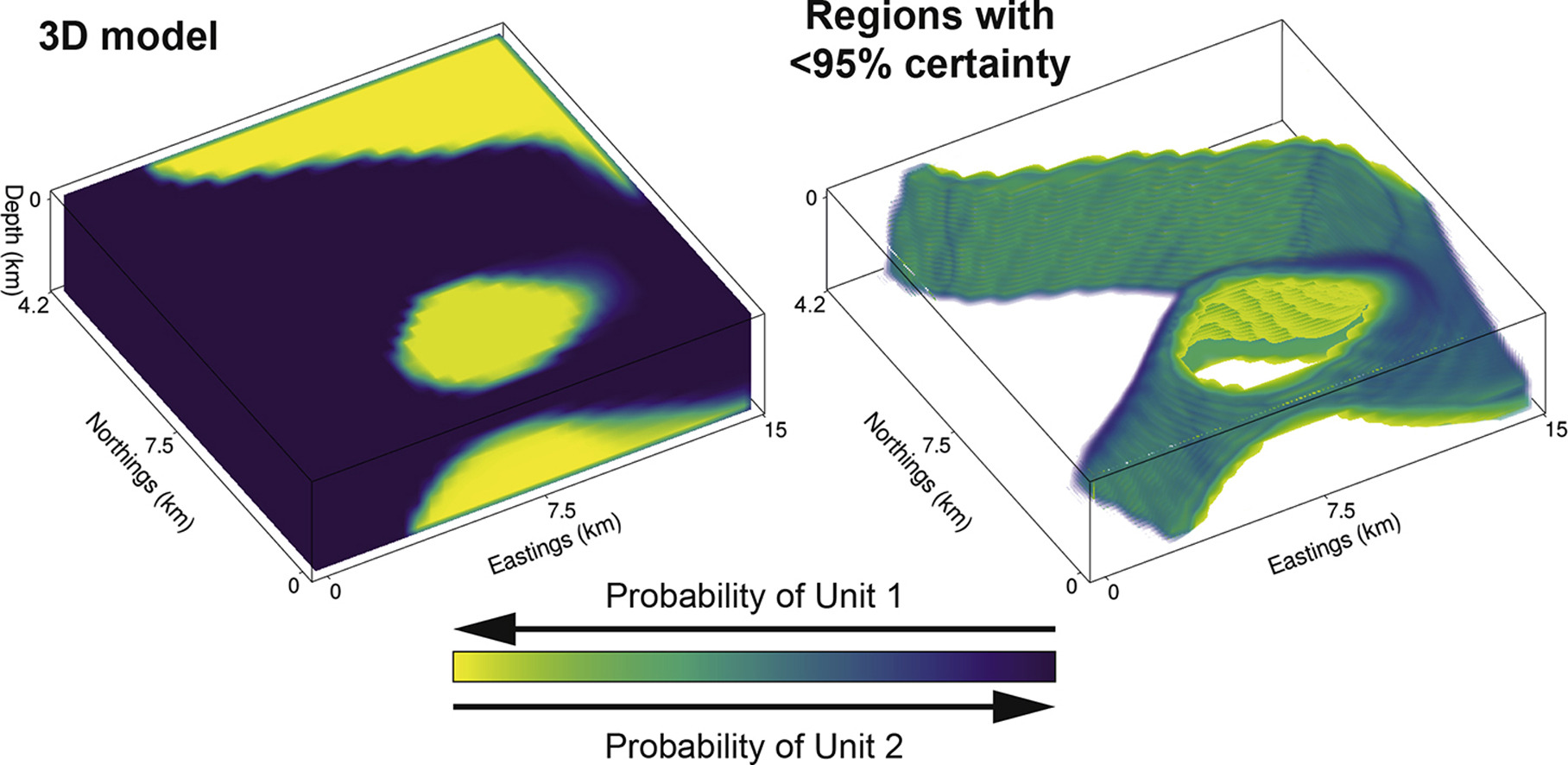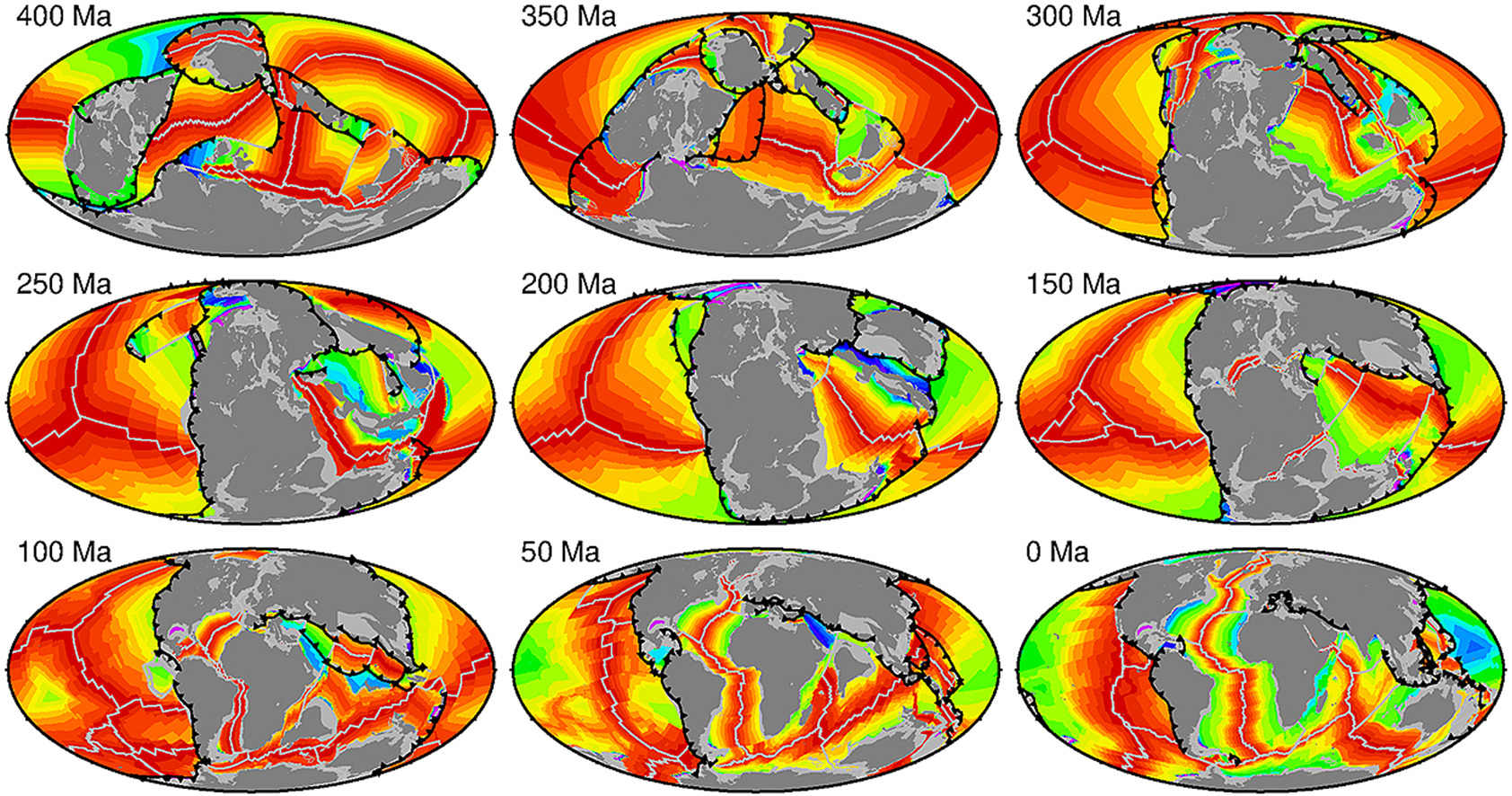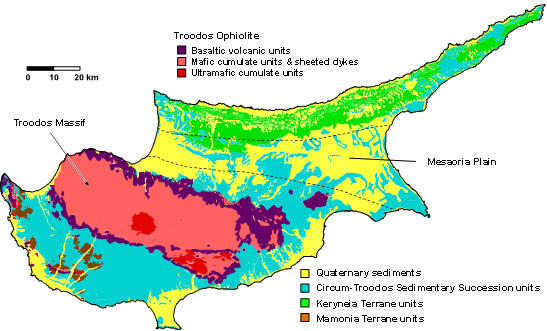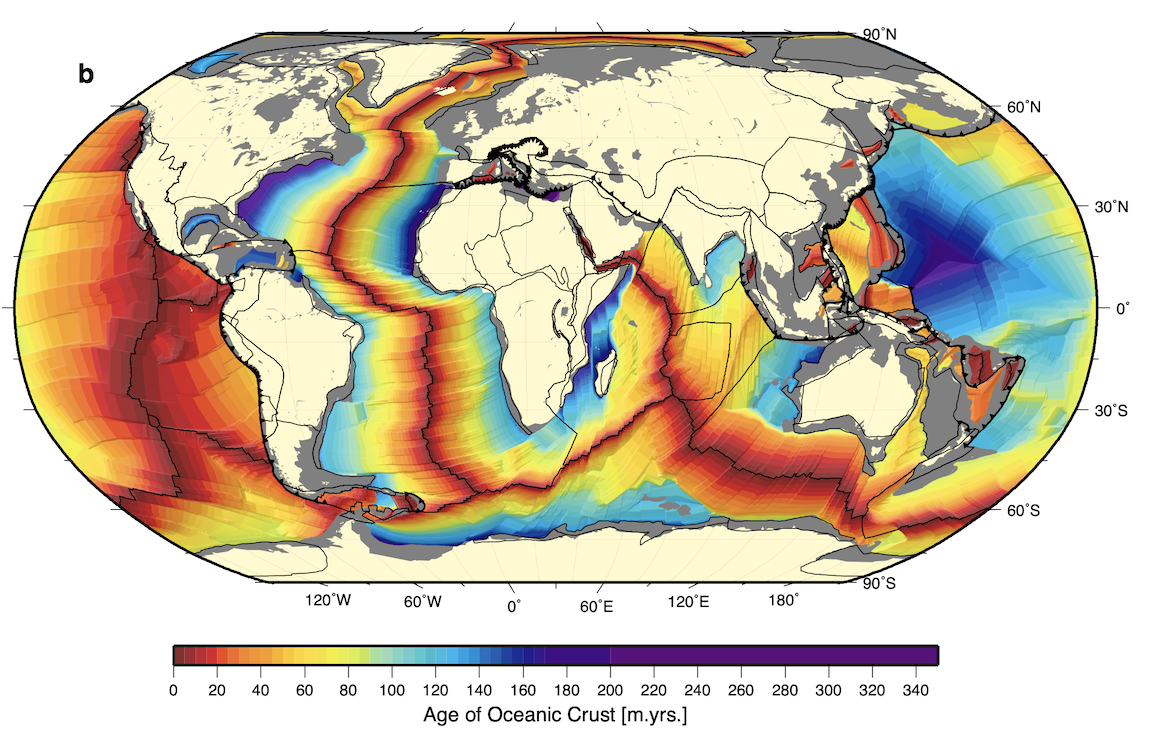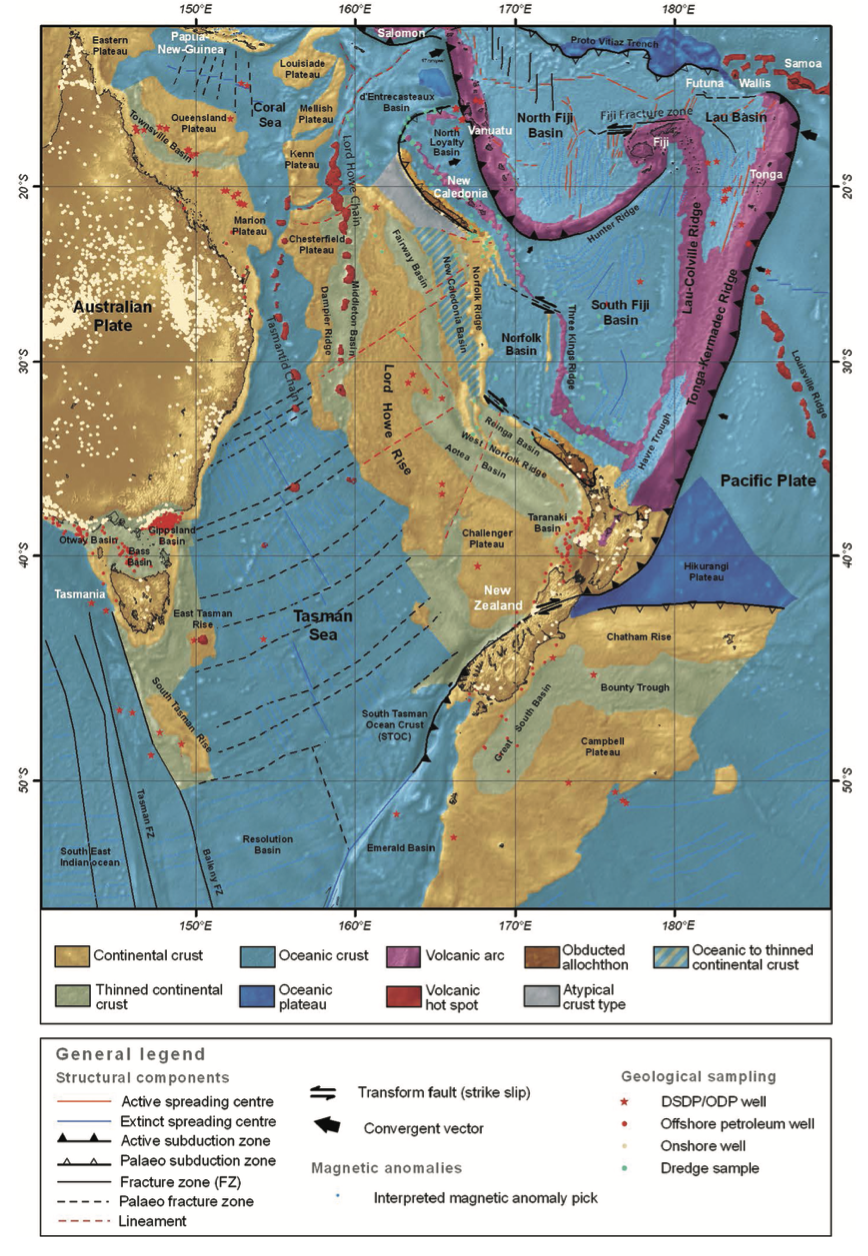Earth Science Reviews: Sea-level fluctuations driven by changes in global ocean basin volume following supercontinent break-up
Long-term variations in eustatic sea level in an ice-free world, which existed through most of the Mesozoic and early Cenozoic eras, are partly driven by changes in the volume of ocean basins. Previous studies have determined ocean basin volume changes from plate tectonic reconstructions since the Mesozoic; however, these studies have not considered a number … Read more…

